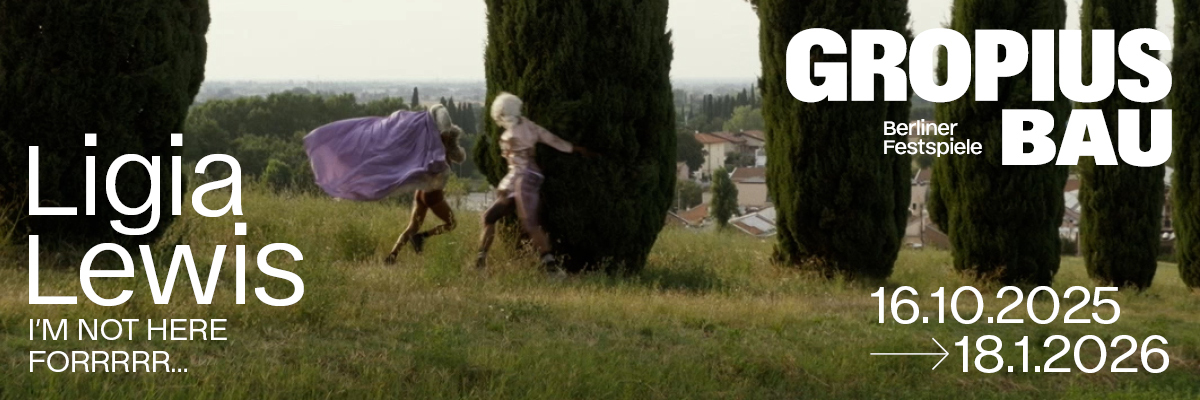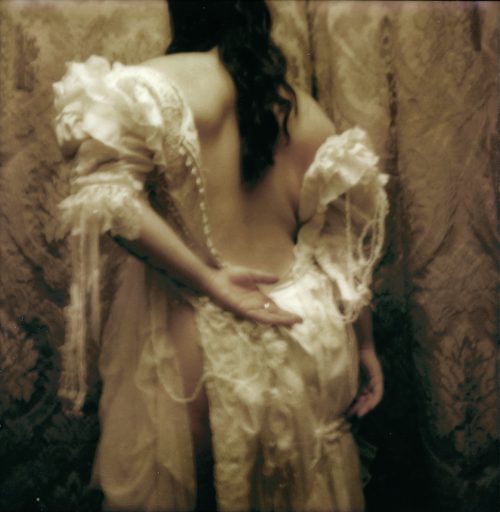
Group Show
The Sound of a Falling Tree
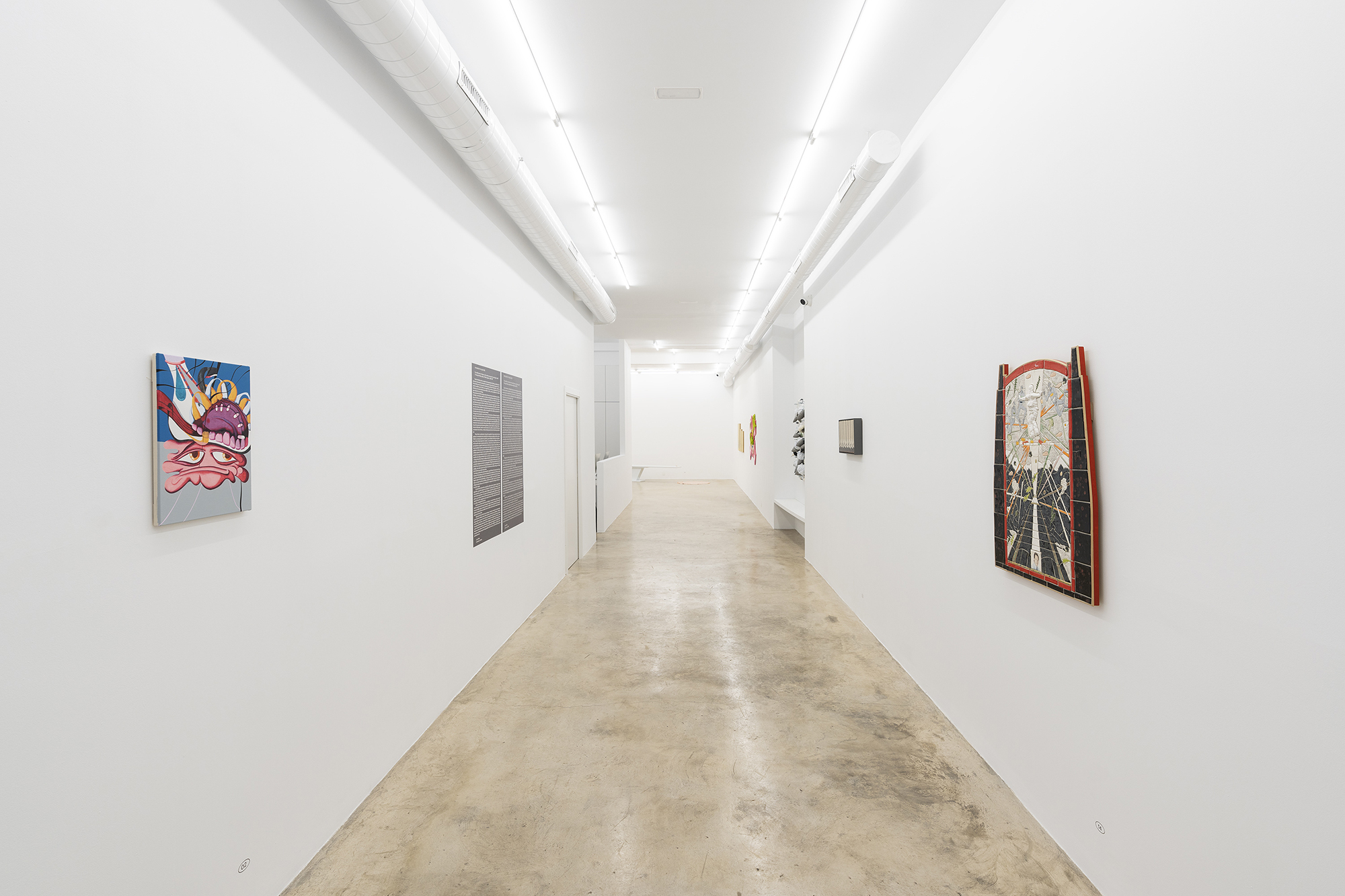
The sound of a Falling Tree. Installation photo.
Advertisement

The Sound of a Falling Tree. Installation photo.
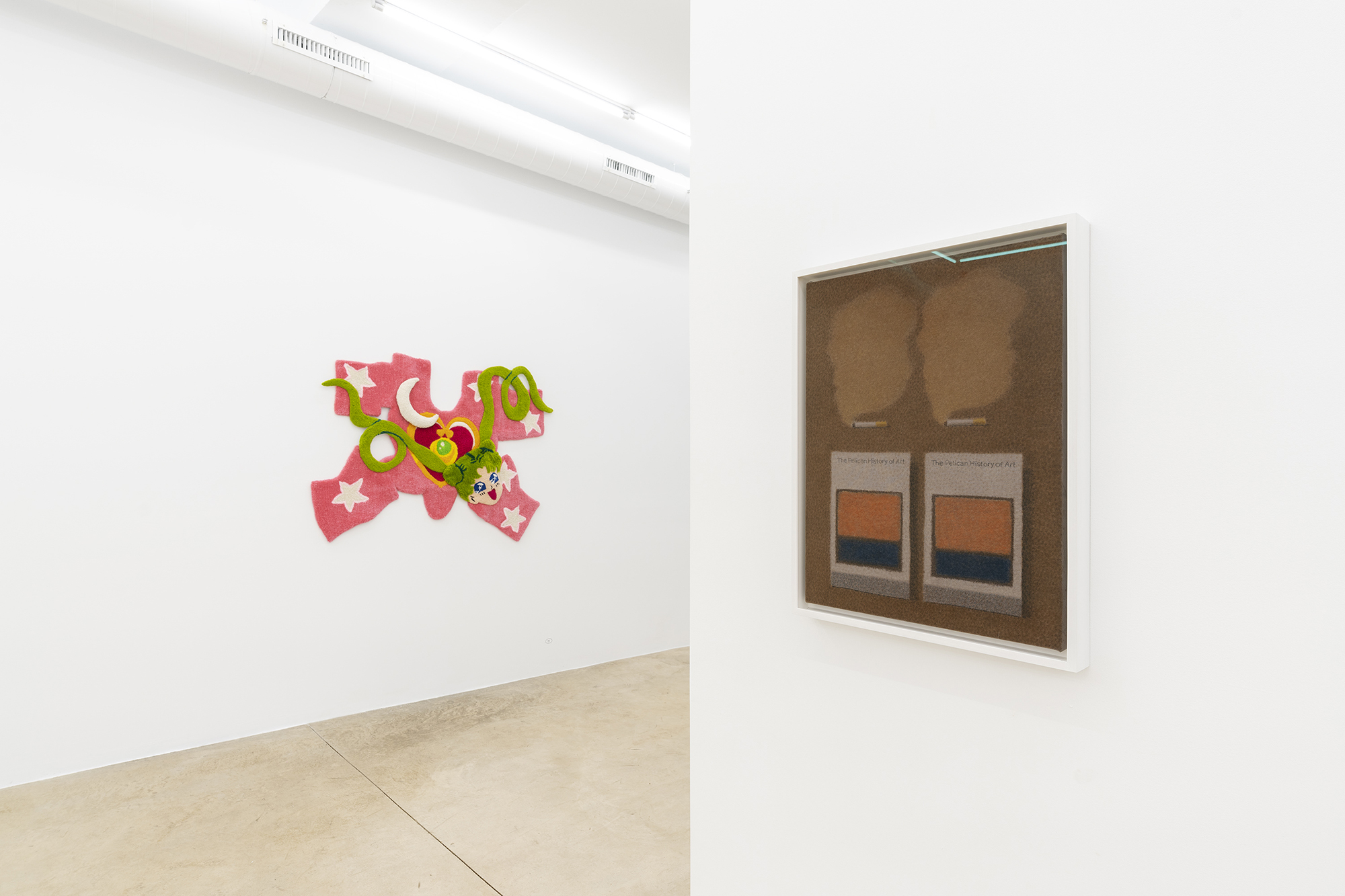
The Sound of a Falling Tree. Installation photo.
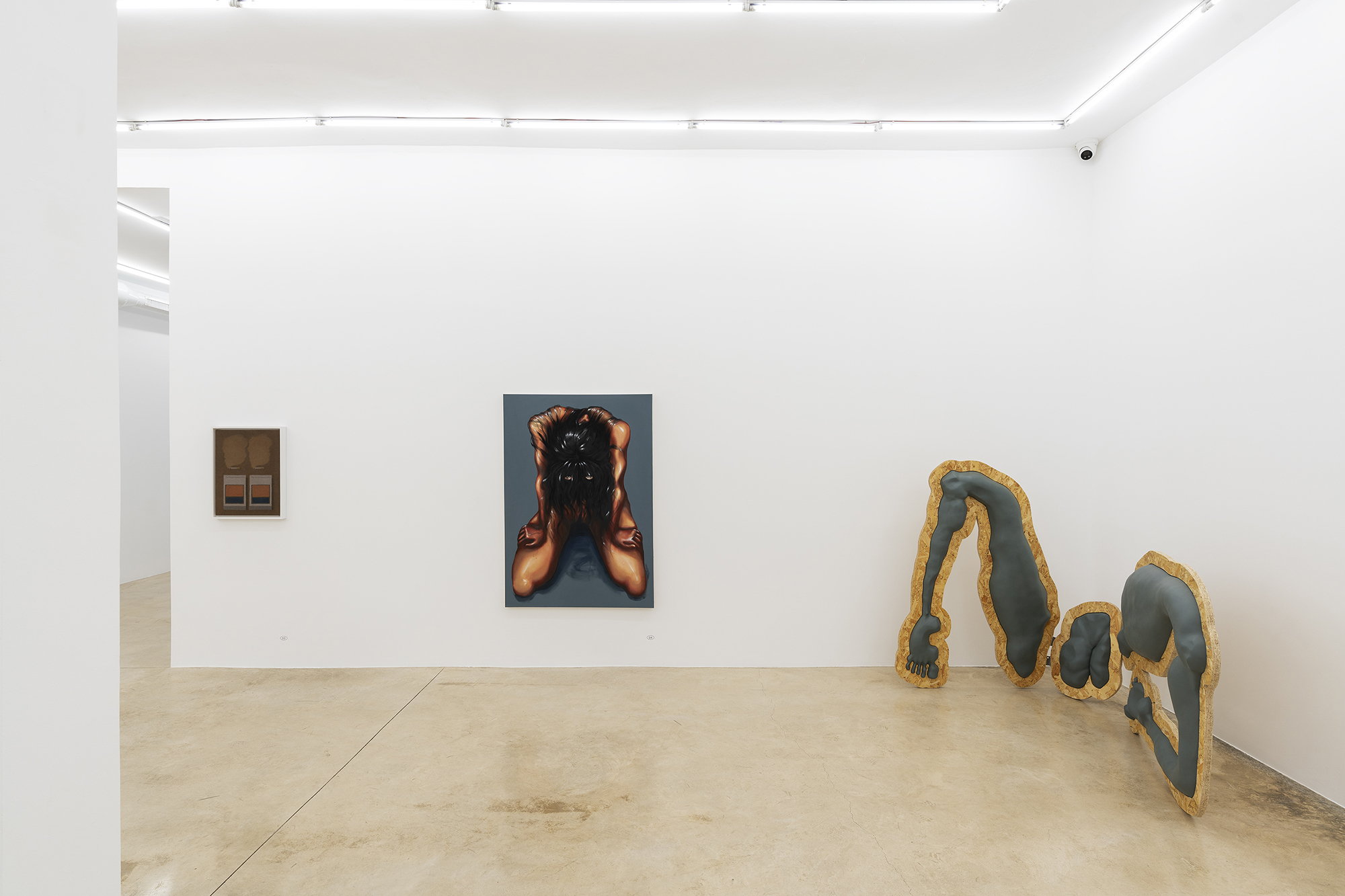
The Sound of a Falling Tree. Installation photo.
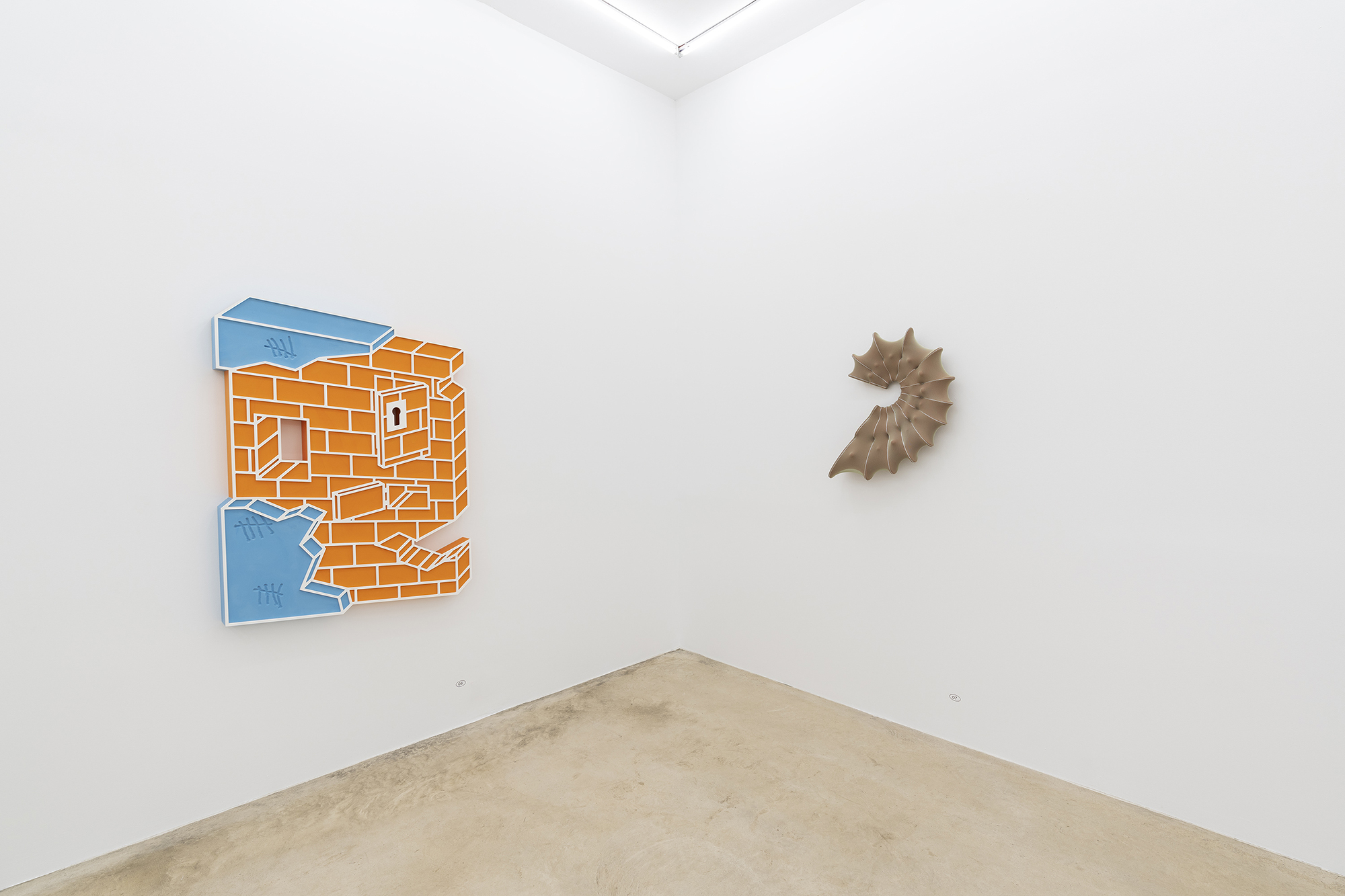
The Sound of a Falling Tree. Installation photo.

The Sound of a Falling Tree. Installation photo.
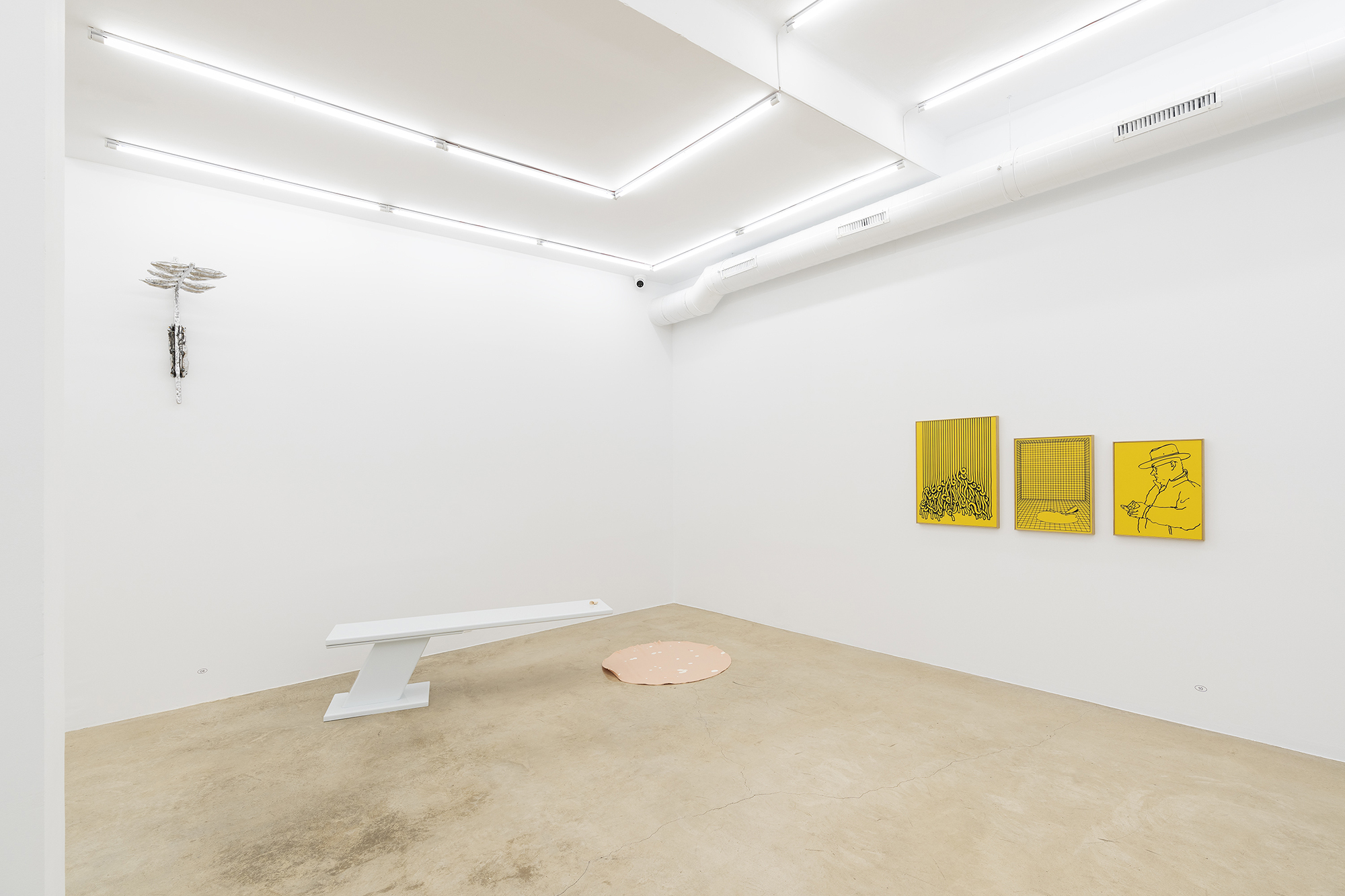
The Sound of a Falling Tree. Installation photo.
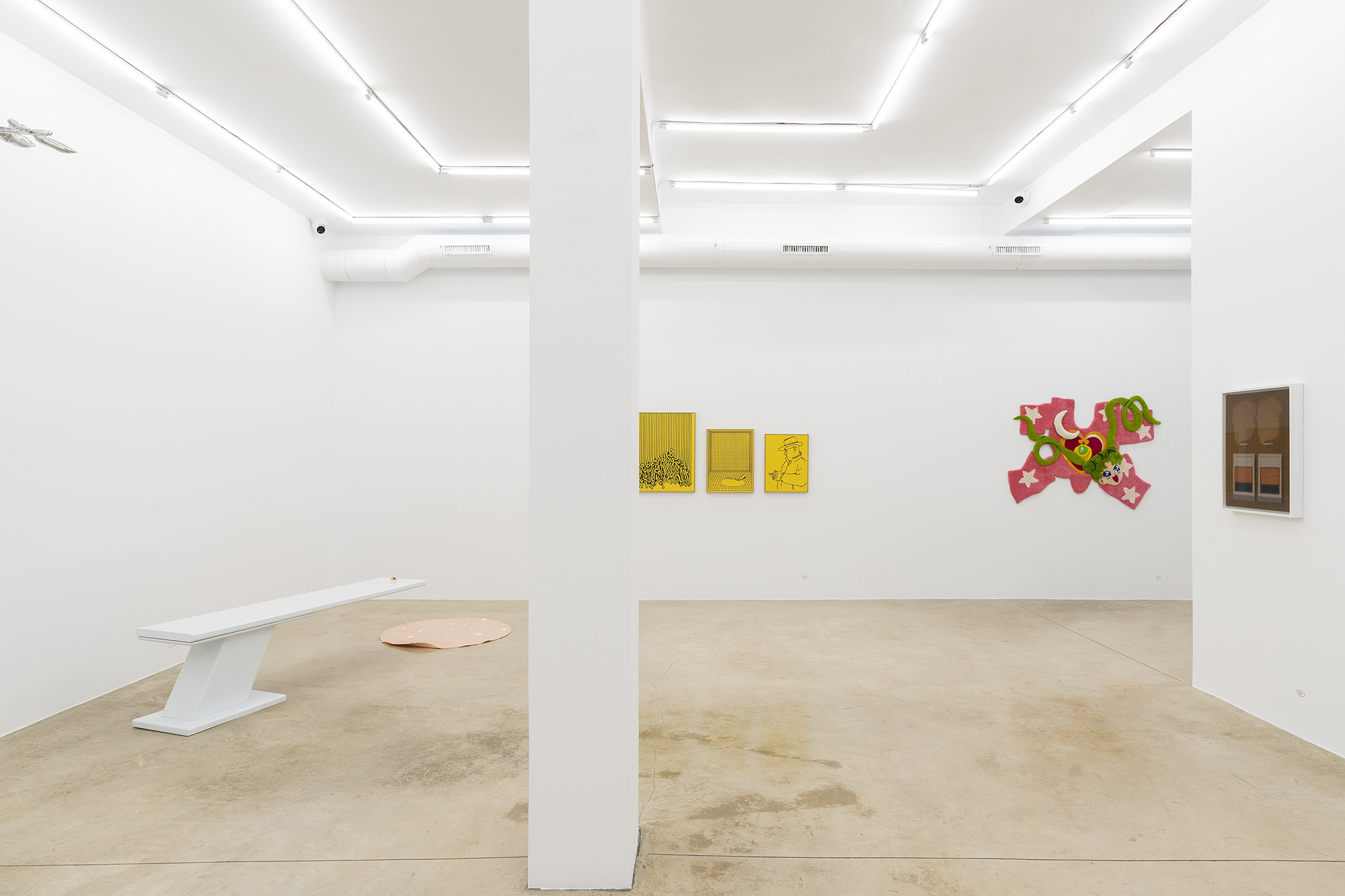
The Sound of a Falling Tree. Installation photo.
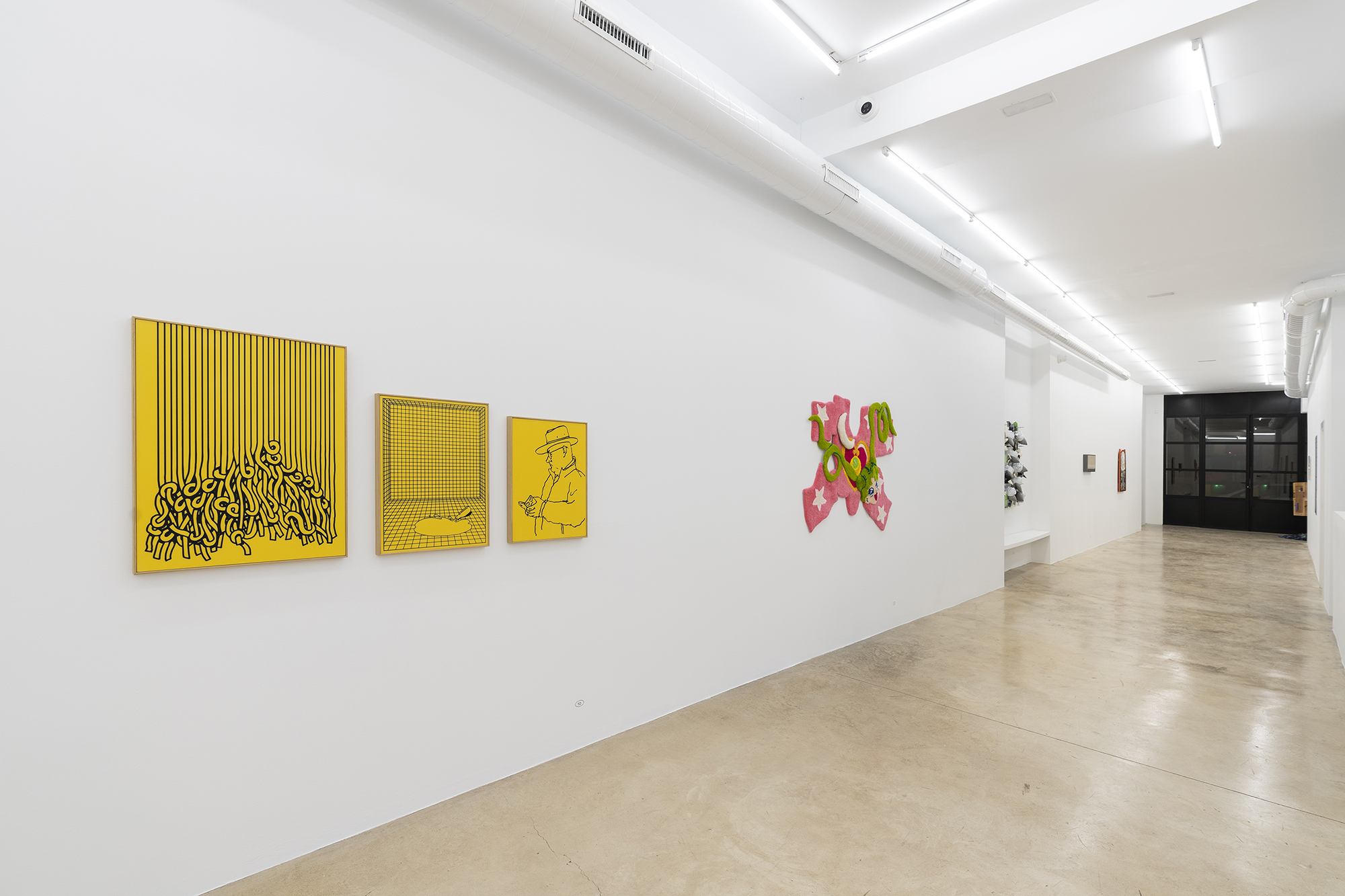
The Sound of a Falling Tree. Installation photo.

The Sound of a Falling Tree. Ally Rosenberg. "Meet Me at the Ares-end of Nowhere" 2022. OSB board, jesmonite, emulsion and steel brackets.
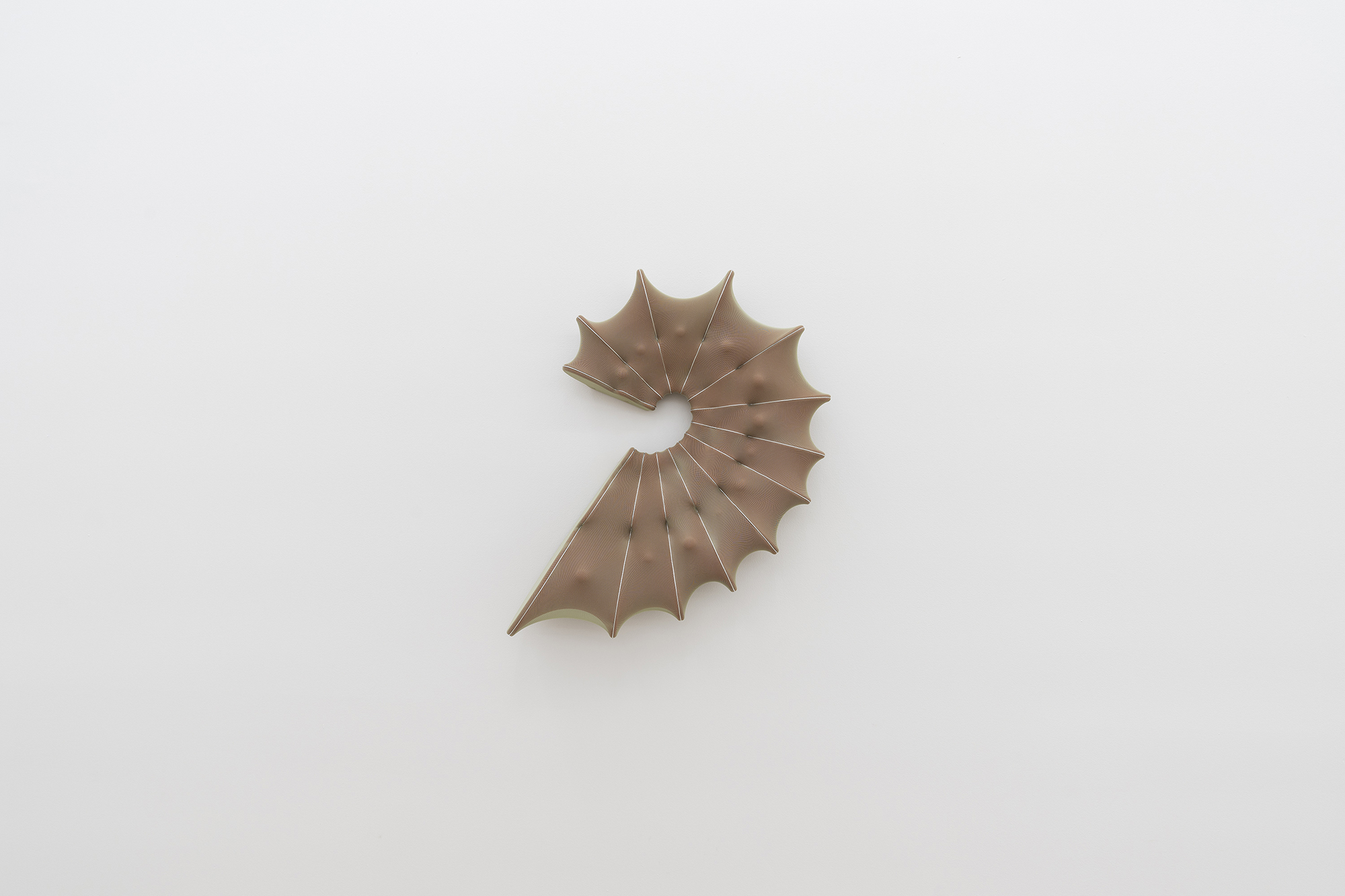
The Sound of a Falling Tree. Grace Woodcock. "Whorl" 2022. Textile, aluminium, epoxy, perspex, dowels and carved board.

The Sound of a Falling Tree. Kara Chin. "Chris Pratt´s Torso Ascends" 2022. Glazed ceramics and grout.
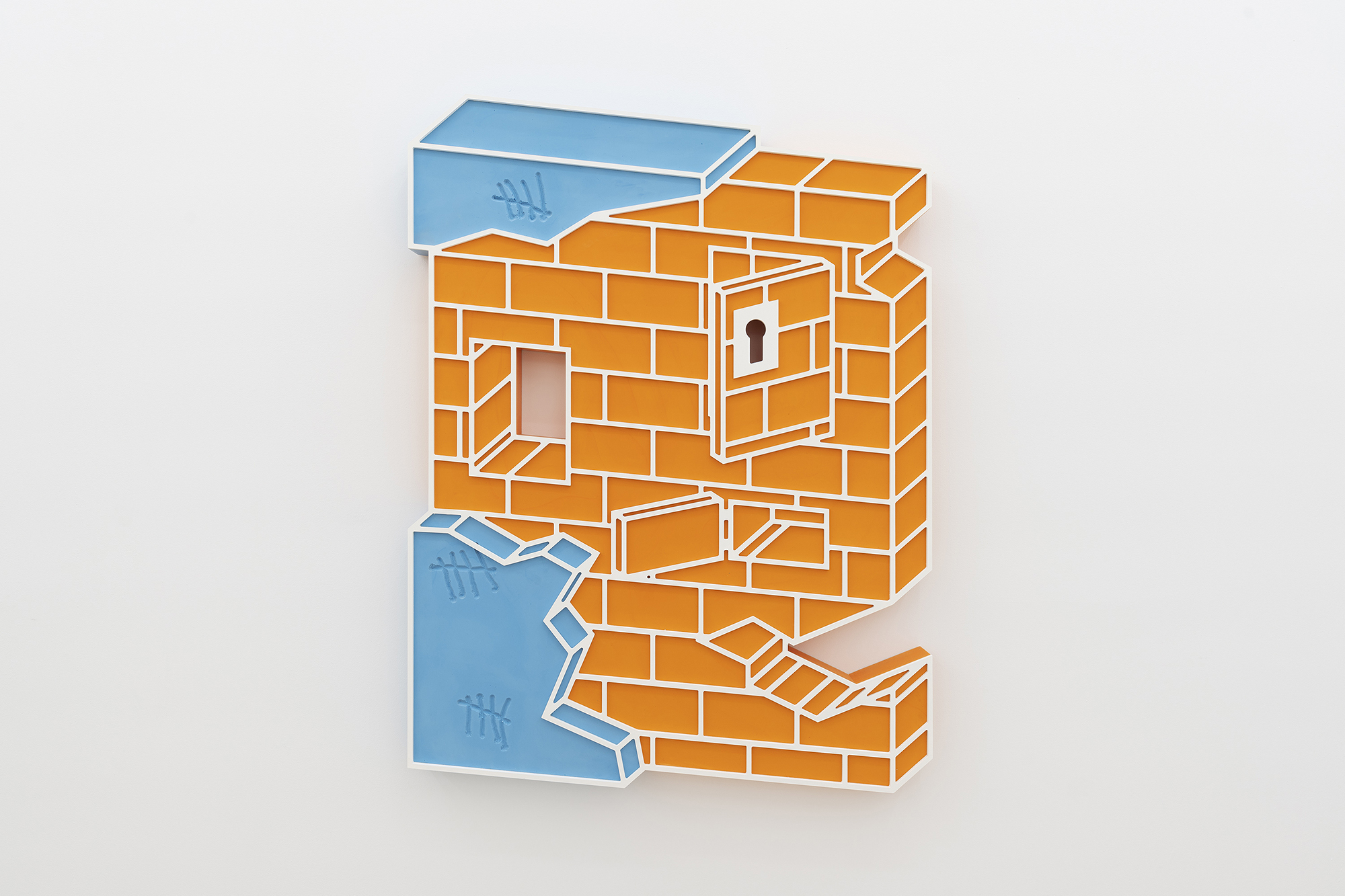
The Sound of a Falling Tree. Liam Fallon. "In Plain Sight" 2022. Jesmonite, pigment, MDF and spray paint.
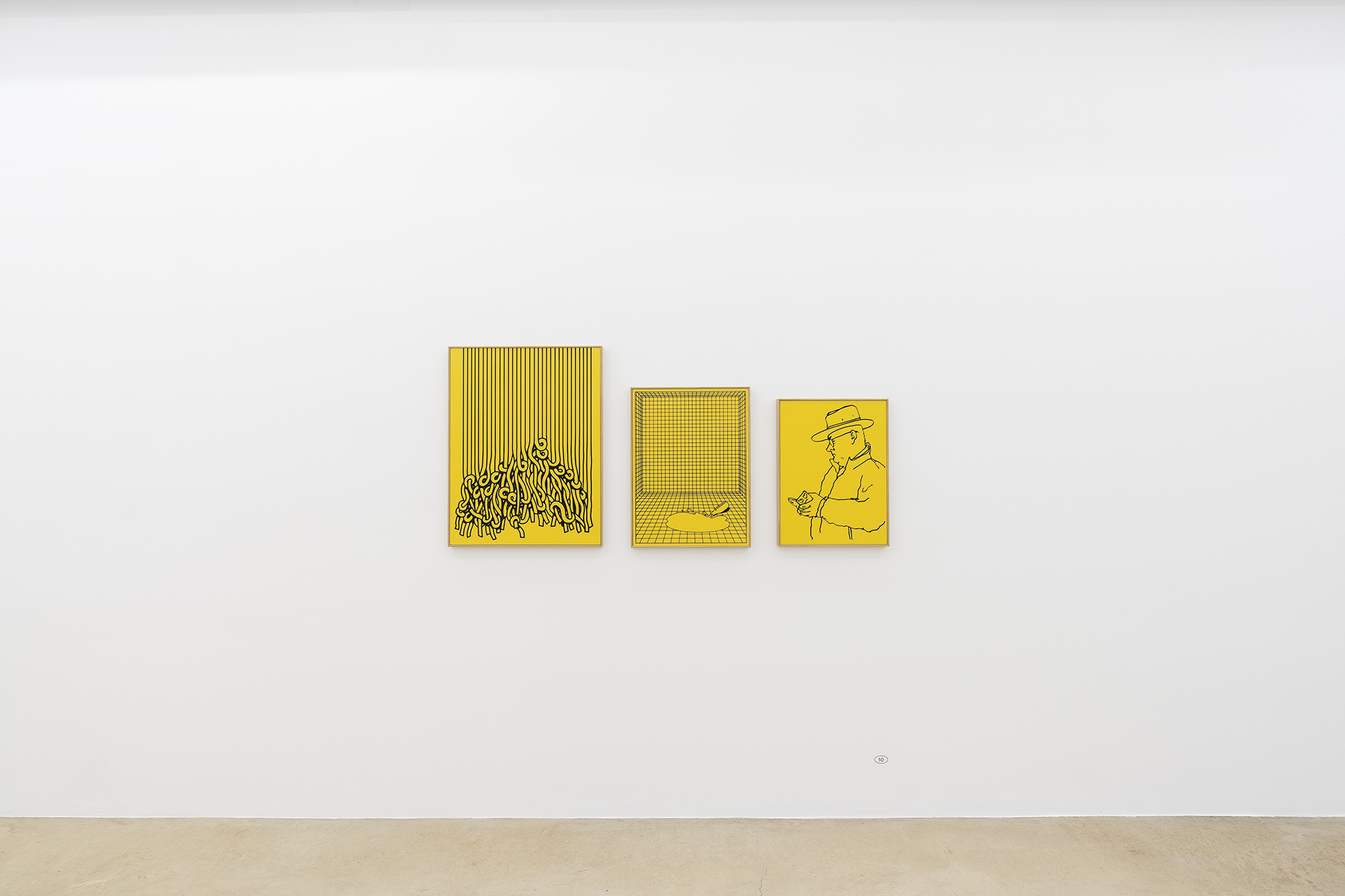
The Sound of a Falling Tree. Mick Peter. "Banana drawings" 2022. Inlaid acrylic composite, oak veneered aluminium tray frame.
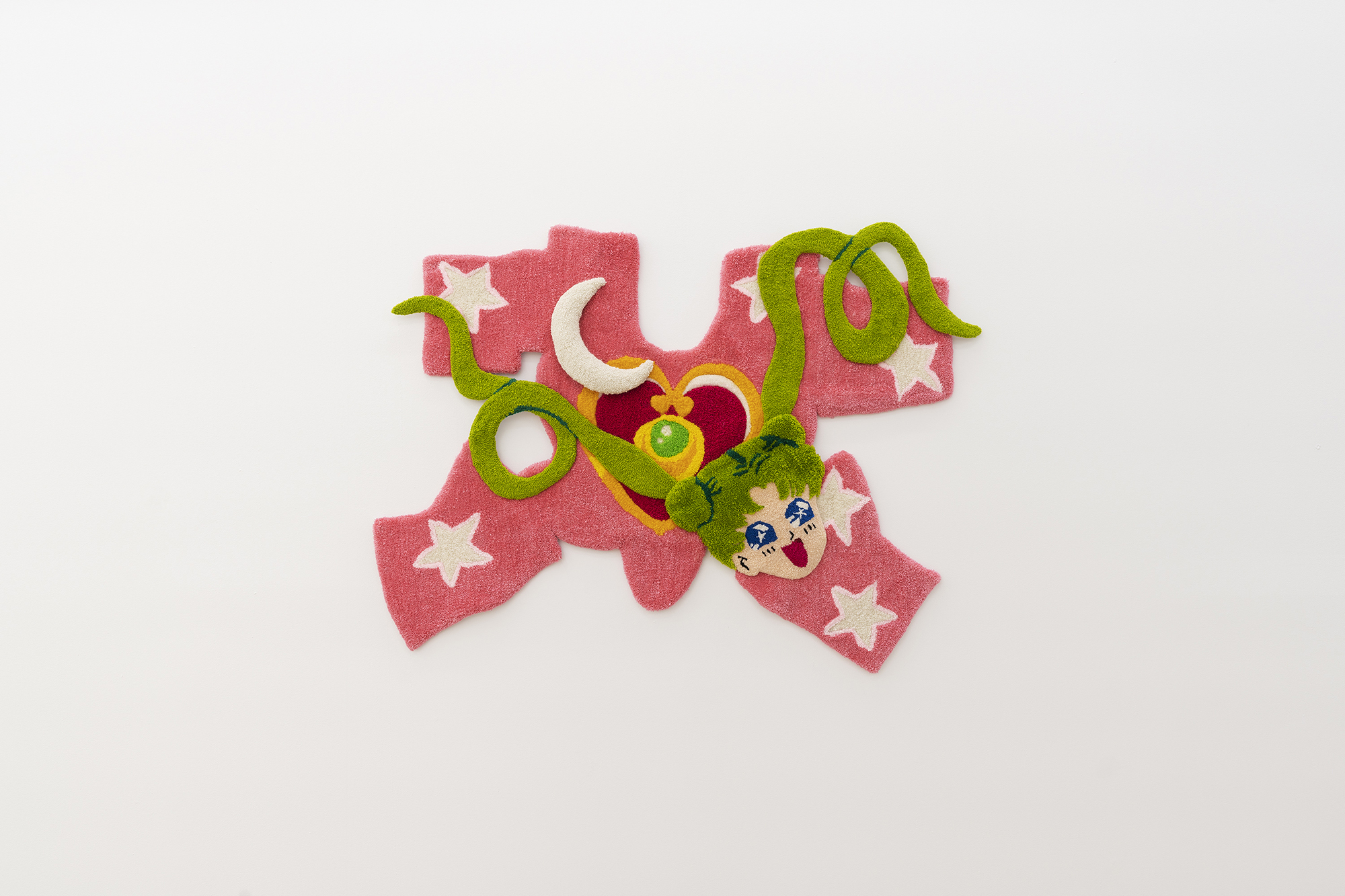
The Sound of a Falling Tree. Tulani Hlalo. " Winner 2012" 2022. Hand tufted rug- organic wool, acrylic yarn, cotton yarn, wool mix aran yarn, wire and felt.
“If a tree falls in a forest and no one is around to hear it, does it make a sound?”
Dr George Berkeley, Anglican bishop and philosopher, 1685-1753
It can be understood as a philosophical thought experiment speaking about the link between observation, perception, and experience. It follows the idea that to hear the action of the falling tree, one must be present to physically witness it. The idea allows us to consider that sound is an experience and therefore a product of the tree falling; like mere vibrations rippling through the air like the aftershocks of a stone being dropped in a pond.
This philosophical thought is something which opens the discourse around phenomena and phenomenology. Phenomena tends to be a fact or a situation that is observed to happen; something that we tend to see plastered on the front of the newspapers or the headline that infiltrates every news channel. Yet, it seems to be the phenomena of the everyday that is brought forward by this group of artists. There seems to be a magnetic pull that draws us to the corners of the room to observe even the simplest of events and this act alone leads me to consider the reasoning for what it is exactly that draws us to the observations that we make, what are the small invisible threads that seemingly pull us to where our interests lie?
Throughout this exhibition, we are continuously greeted by varying observations of the artists encounters whether that be the swaying of a blind in the morning by Ruadhri Ryan; a diving board eerily lacking any signs of use by Amy Grogan or even a cast aluminium tv mast by Millie Layton. Their newfound physicality differs drastically from our usual perception of such objects and this idea of the re-presenting of their forms seems particularly significant whether that be through a more primitive approach to making where the artists hand is very visible or through techniques which date back to the 3rd millennium, a method used to eternalise phenomena forever.
There seems to be a consistent throughout the exhibition where several of the works pinpoint the very thing mentioned about being drawn to the overlooked things in a room. The things that exist on the periphery, teetering on the edge of being important and at the same time slightly mundane. The quotidian happenings of daily life are the things which flesh out our experiences. At a first glance, the painting by Izzat-Lowry depicting a smoking cigarette seems consistent of our daily routines but there is a softness to the painting, almost existing as the segment of a dream that vividly sticks out in your mind but is still not fully tangible. The addressing of the daily happenings appears once again in the sculptural work of Fallon, this time through the presentation of an open door set into a wall. Albeit cartoon like, a cartoon aesthetic provides a window into a more sobering reality.
Throughout recent times, cartoons have been an observation of our daily lives. A sugar-coated way to make us swallow the pill of life a little easier and often objects become the protagonist. The drawing of glass of spilt milk by Mick Peters or a painting of a boot by Worsfold both appear to have something inherently more complex, and this again highlights the function of being drawn to something and witnessing the phenomena that can unfold.
However, observation can play a different role. With Ally Rosenberg’s human forms and the delicately pressed flowers by Ant Hamlyn, both appear to have been fixated on to such a degree that the realistic nature of the forms that we have come to expect have been cartoonised and instead, we are greeted by a giggly and awkward pair of legs and a soft cushion white rose, pressed between glass. They are almost like sketches or observational drawings that have been put into the cartoon machine and spat back out.
With this idea of observation and perception, we can also begin to imagine something speculative, what could appear on the horizon? Often ideas come to us through experience and from that, we can begin to rewrite the rules that only exist in speculative worlds. Crates by Luke Routledge can begin growing legs and then on the other hand, we have tiled wall works of Jurassic Park dinosaurs by Kara Chin, imagining our own world and its future where we see the rise, the fall, and the demise of it.
Almost like a domino being pushed over, an event happens, and our instinct is to speculate what comes next. We can begin to anticipate the forms of new objects; something being birthed into reality and Grace Woodcock does this perfectly through forms which speak of both artifice and enhancement, always being in touching distance of the physical form.
Like the domino being pushed over, it often takes an event to cause us to reflect on how we perform within the spheres that we inhabit. All the works delve into what it is to be human, but nothing seems more on the nose than the two works by both Tulani Hlalo and Elsa Rouy. The observation and link between a poodle’s coiffured fur and our own coiffured identities by Hlalo is a clever one and a little sweeter to taste but at times we need to observe and be confronted by imagery that’s a little jolt to our system. Nothing is more humbling than being forced to check in with our own mortality and the unsavoury parts of being human and the work by Elsa Rouy does just that.
Liam Fallon

